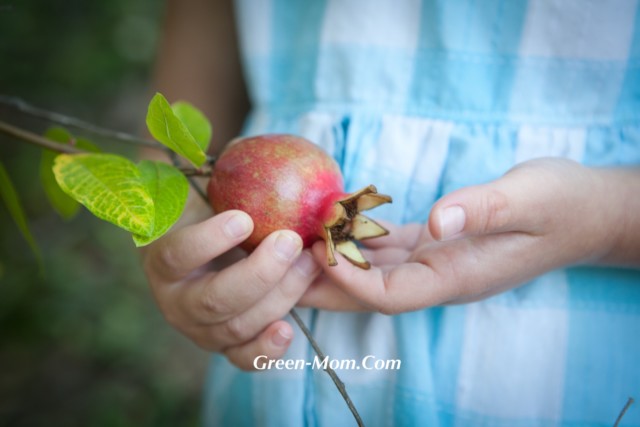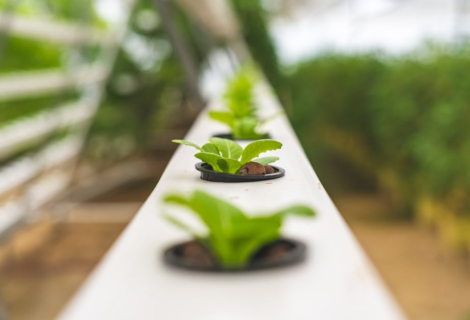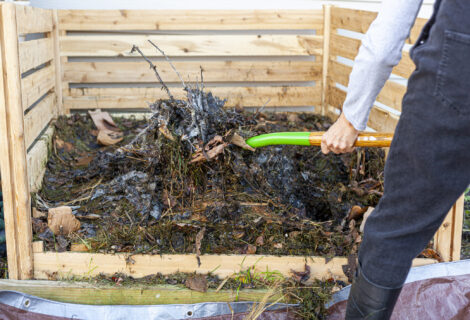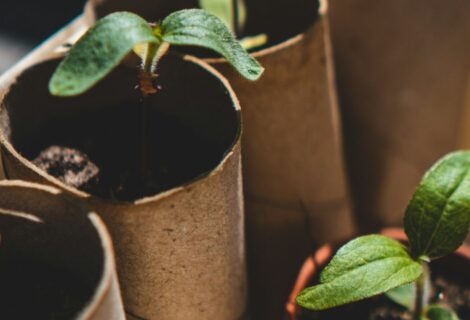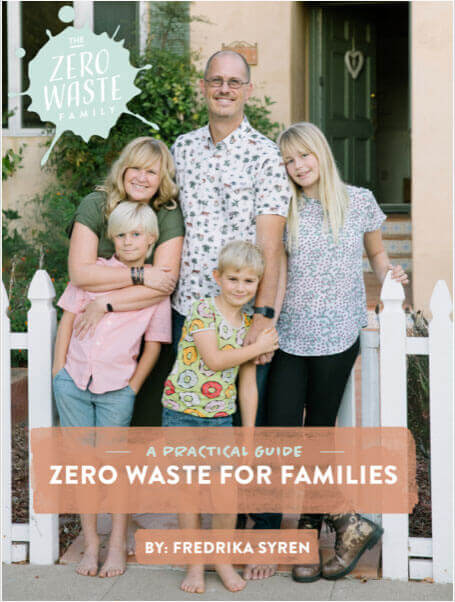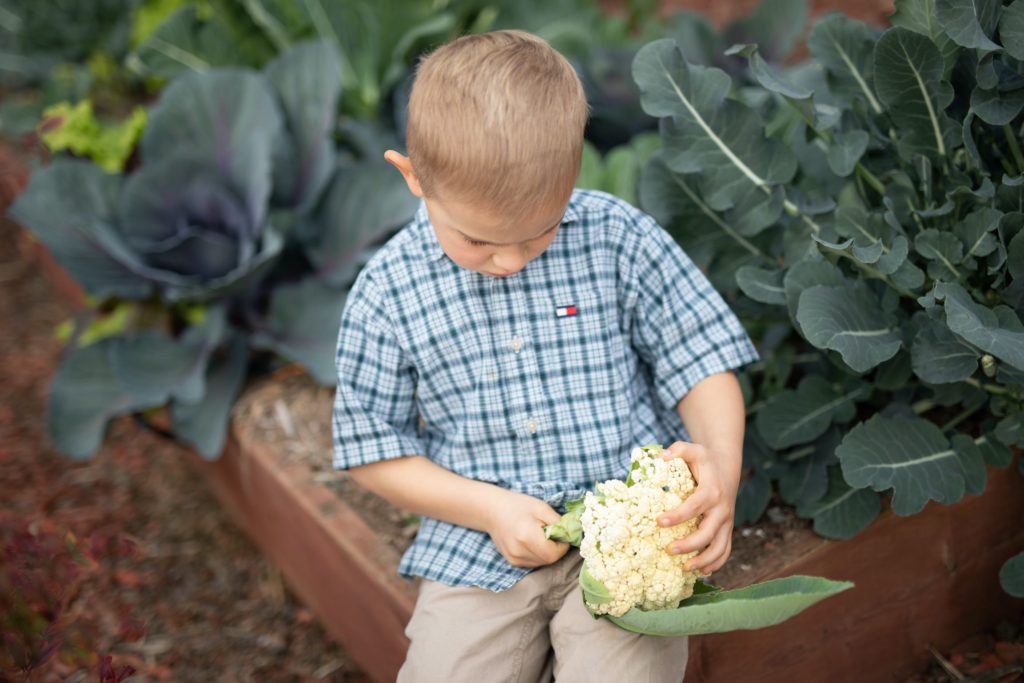
It’s not always easy to interest our children in the activities we enjoy. It’s the same with gardening, which is something beautiful and simple that could bring families closer while enjoying the outdoors and in our case also feeding our family. Our main goal with our homestead, besides growing our own food, is to work together and spend quality time together.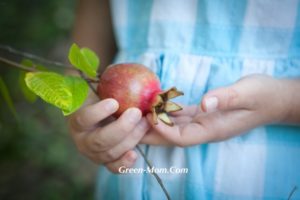
Not only do I firmly believe that gardening also gives children a greater appreciation for nature, but I believe also that gardening can be classroom and a great way to teach children about nutrition, biology, math, science and history. It broadens their awareness of the world, as well. Most children will be interested in gardening if you invite them to participate and show them wonders to be discovered.
Our family has an urban farm and grow pretty much most of our food. It’s a big job so the kids are involved, like it or not. So how do we get them involved with little complaining? First of all, they all help out and have chores, and sure there are times they are not happy about it, but we try to set the example and educate them about why we live this way. Too many times we expect children to do what we say without giving them the backstory or knowledge about why we do what we do. For example, my boys take turns feeding our compost to our chickens. We teach them the importance our chickens have for our garden: they eat our leftover food, which keeps it away from landfill; and they give us poop that turns into fertilizer and soil after we compost it; their eggs shells give up calcium powder for our tomatoes; and they eat lots of bugs and grubs. Chickens are an essential part of our zero-waste homestead. And, on top of that, they are darned cute.
 We also talk about the importance of plants, how they eat carbon, and how growing our own food makes sure we eat only the best organic and healthy food without pesticides. We also make a point to teach our children about the negative impacts of an unhealthy diet, and unsustainable lifestyle or farming practices.
We also talk about the importance of plants, how they eat carbon, and how growing our own food makes sure we eat only the best organic and healthy food without pesticides. We also make a point to teach our children about the negative impacts of an unhealthy diet, and unsustainable lifestyle or farming practices.
They learn about the science behind composting. Why not teach kids about recycling, giving back and the circle of life is by teaching them about composting. I believe it is important that we include children in our efforts to protect and restore the environment. Educating kids about composting is surely a great way to start. Gardening and kids are a natural mix. It involves dirt, digging and water-children’s favorites.
The children are involved at whatever level they can be for any garden projects like building boxes, turning soil, digging up potatoes, pruning trees or harvesting. Sometimes they get to help build; other times they hold tools; and sometimes they just observe. No matter how they are involved, they are always learning something that will remain of value for the rest of their lives.

Here is a video of my boys helping to harvest potatoes:
My tips for getting children interested in gardening:
- Let kids choose what to plant – Kids feel empowered when they can make decisions. Offer guidance and make sure there are some successful, thriving plants among their selection. But listen to their ideas, and let them play and experiment. Our kids each have a fruit tree they helped plant. They love to share figs from Noah’s tree and peaches from Bella’s.
- Don’t expect perfection – This is the time to get dirty and messy, to connect with the earth and feel the dirt between your fingers. Getting dirty in the garden is a great way to boost the immune system anyway☺Don’t worry about the result or how neat it looks.
- Give them a task or make them a helper– Kids love to feel special, and when you give them something to oversee, they feel you trust them. It can be something simple like watering or dropping seeds into holes you have dug together. Mix up the tasks to keep it interesting. My boys love to help me plant, so I dig the hole and they put the plant into it and place soil around it.
- Be creative – Allow them to create their own plant markers or garden ornaments. They can paint on stones or popsicle sticks and stick them next to the plant. Another idea is to plant gardens with a theme, like “rainbow,” where you plant items of one color in different sections so that, when they bloom, they turn into a rainbow of various colors. Another theme is a pizza garden of tomatoes, basil, garlic and oregano. Children will love planning meals when they harvest the fruits.
- Read books—Nothing like reading books about gardening or composting makes the kids more aware and interested. My kids’ favorite books include these:
- Composting: Nature’s Recycling
- The Ugly Vegetables
- Gardening Projects for kids
- Pee Wee at Castle Compost
Gardening is cool and fun, so invite your kids to play and discover this, too! Start slowly and give your children lots of encouragement. Once you share your enthusiasm and passion for gardening, your flowers and vegetables are not the only things that will blossom.



